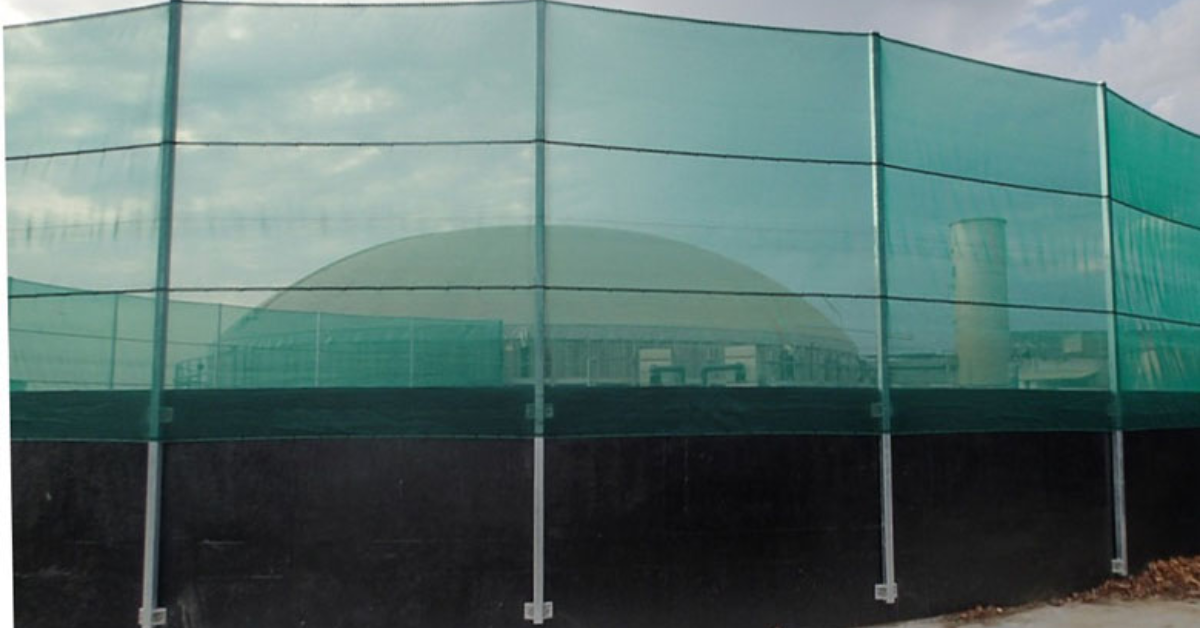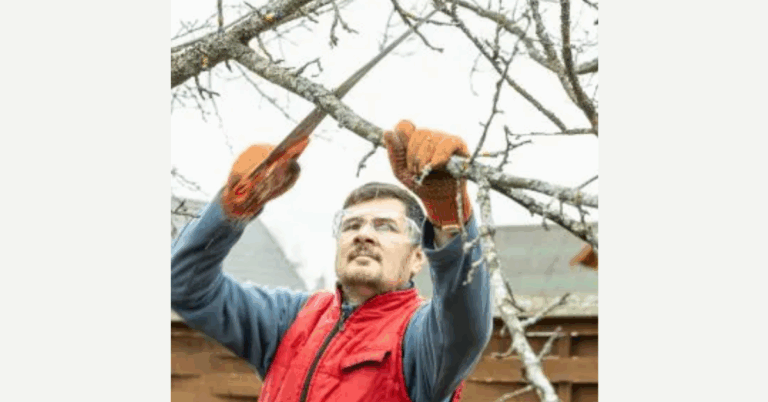The Crucial Role of Scaffold Netting in Construction Safety and Efficiency
In modern construction, ensuring safety, controlling debris, and maintaining a clean worksite are non-negotiables. This is where Scaffold Netting plays an indispensable role. Scaffold netting—sometimes called safety netting or protective mesh—is a durable, weather-resistant fabric designed to wrap around scaffolding structures. Its primary functions are to prevent objects from falling, shield workers from wind and dust, and provide a barrier that protects both onsite personnel and passersby. As construction sites grow more complex and urban density increases, the use of scaffold netting has become an industry standard rather than an optional add-on.
What Is Scaffold Netting?
Scaffold netting is a woven or knitted synthetic mesh, typically made from high-density polyethylene (HDPE) or similar UV-stabilized polymers. The material is selected for its strength, lightweight nature, and resistance to environmental degradation (sun, rain, chemicals). The mesh is usually offered in different aperture sizes—that is, the gaps between strands—to balance between airflow, visibility, and containment. The larger the aperture, the more wind passes through; the smaller the aperture, the better it contains fine debris and dust.
Manufacturers often treat the netting with additional UV inhibitors so it won’t become brittle or discolored under continuous exposure to sunlight. Some scaffold netting is also coated or laminated to resist tearing or to enhance water drainage. These properties ensure that scaffold netting continues to perform even in demanding outdoor conditions over the life of a construction project.
Core Benefits of Scaffold Netting
1. Protection from Falling Debris and Tools
One of the most visible and critical roles of scaffold netting is to catch or deflect falling objects—loose bricks, tools, fragments of building materials—that might otherwise strike workers or bystanders below. Even small debris falling from height can cause severe injury or damage. By containing such materials, scaffold netting acts as a safety buffer.
2. Worker & Site Safety
Netting helps protect workers on and below the scaffold from wind gusts and accidental falls of smaller items. It also prevents unauthorized access to dangerous scaffold edges. In busy urban environments, passing pedestrians or vehicles are safeguarded from accidental spillovers or collapse of loose material.
3. Dust and Particle Control
Construction generates dust, which can become a nuisance or health hazard, especially in populated areas. Scaffold netting reduces the spread of dust and particles beyond the work zone. This helps in maintaining air quality, reducing public complaints, and complying with municipal environmental regulations.
4. Wind Load Management
An open-mesh scaffold netting allows some wind pressure to pass through the mesh, reducing the wind load on the scaffold structure. Solid tarpaulins or boards may act like sails, increasing stress and potential instability. Properly selected scaffold netting balances wind permeability with containment effectiveness.
5. Visual Barrier & Privacy
By partially obscuring or blocking the view of the construction site, netting adds privacy and aesthetics. It conceals unsightly works in progress, reducing visual pollution for surrounding areas. It can also provide shading and reduce glare for workers.
6. Regulatory Compliance & Liability Reduction
Many jurisdictions require safety safeguards, especially on high-rise or scaffold work. Using scaffold netting is often a mandated safety measure in building codes and occupational health and safety regulations. Not using it—or using inadequate netting—can increase liability for contractors and project managers in case of accidents.
Design Considerations and Specifications
Aperture Size & Mesh Density
Choosing the correct aperture or mesh size is a balancing act. If the holes are too large, small debris may escape. If they are too fine, wind load becomes excessive. Common aperture sizes range from 25 × 25 mm to 50 × 50 mm, but configurations depend on site conditions and safety requirements.
Strength & Tear Resistance
Scaffold netting must resist tearing, punctures, and abrasion. The material’s tensile strength, knuckle strength, and tear resistance are key indicators. Reinforced edges or premium coatings can enhance durability, especially where netting is in contact with sharp edges or corners.
UV Stabilization & Weather Resistance
Because netting is exposed to intense sunlight and weather cycles, UV stabilization is essential. Without it, the material may degrade, become brittle, warp, or weaken prematurely.
Color and Opacity
Netting is typically available in green, black, blue, or orange. Green and black are commonly used because they blend with surroundings and reduce glare. Bright colors like orange may be used for higher visibility in certain zones. The opacity or cover factor can vary: tighter meshes provide more shading, looser meshes allow more light.
Attachment Methods
To secure scaffold netting, grommets, ropes, straps, zip ties, or snap-on clips are utilized. Reinforced hems and built-in loops help with proper tensioning. Regular checks should be made to ensure the netting remains taut and free from sagging.
Size Customization & Panels
Scaffolding projects come in all shapes and sizes. Netting is often manufactured in large rolls, and tailored panels are cut or sewn to match the scaffold frames. Overlaps and overlaps’ tolerances must be properly handled to prevent gaps.
Practical Applications & Use Cases
Urban Mid-Rise Construction
In dense city areas, building façades often rise over walkways or roads. Scaffold netting mitigates risk by enclosing the scaffold perimeter. It reduces the chance of debris falling onto pedestrians or vehicles below and helps contain dust in limited space.
Restoration and Façade Cleaning
Historic building restorations or cleaning require scaffolding that may stretch up many stories. Netting ensures that crumbled plaster, paint chips, or cleaning residues do not escape the work zone.
Bridge and Infrastructure Maintenance
When working on bridges, highways, or elevated structures, netting provides a controlled environment to prevent falling objects into traffic or waterways below. It also offers protection during paint removal or concrete chipping.
Large Exterior Cladding Installation
For façades involving heavy cladding or glass panels, scaffold netting delivers containment for tools, mounting elements, and materials that might accidentally slip.
Temporary Access Scaffolds
Maintenance jobs—like plumbing, roofing, or HVAC repair—often generate tools or materials that may fall. Using scaffold netting around temporary scaffolds ensures safer work zones even when the job scope is small.
Best Practices for Installation & Maintenance
-
Pre-Installation Inspection
Before applying any netting, inspect each roll or panel for signs of damage, weak spots, or UV deterioration. Reject or repair compromised sections. -
Proper Anchoring
Use high-quality fasteners or connectors to fix netting to the scaffold frame. Straps and cables should be tensioned just enough to eliminate sag but not over-pull and damage the mesh. -
Overlapping Edges
Panels should overlap sufficiently so that debris cannot escape through seams. Seal overlaps on corners or transition points. -
Routine Monitoring
Inspect netting regularly, especially after storms or high winds. Look for tears, loose ends, or sagging, and repair promptly. -
Cleaning & Dust Removal
Over time, dust and grit can clog mesh holes and reduce airflow. Gentle cleaning via low-pressure water spray may help maintain permeability. -
Replacement & Lifecycle Planning
Even high-quality, UV-stabilized netting has a finite life. Track installation dates and plan for eventual replacement before performance degrades significantly. -
Integration with Other Safety Measures
Scaffold netting is not a standalone solution—it complements guardrails, toe boards, personal protective gear (helmets, harnesses), and safety protocols.
Addressing Common Concerns
-
“Will netting block too much light or airflow?”
The right mesh size and density can achieve a balance. You can choose a more open mesh in windy zones or for upper levels, and a tighter mesh nearer to heavily trafficked areas. -
“Does it make scaffolding heavy and difficult to erect?”
Modern scaffold netting is lightweight. Its added load is usually minimal when properly tensioned and matched to scaffold capacity. -
“How durable is it, really?”
With proper materials (UV stabilization, reinforced edges) and routine checks, scaffold netting can last throughout long projects. But wear and tear—especially from abrasion against rough surfaces—must be watched. -
“Does netting comply with regulations?”
In many jurisdictions, yes—but the choice of mesh rating, installation method, and inspection regime must align with local building codes and occupational safety standards.
Economic & Environmental Considerations
While scaffold netting is an additional upfront cost, it often pays dividends by minimizing accidents, reducing project delays, and lowering site cleanup costs. Because it prevents stray debris from damaging adjacent property, it can save on insurance claims or liability expenses.
From an environmental perspective, the containment of dust is crucial in urban areas where air quality is regulated. Also, many netting products today include recyclable or recyclable-friendly materials. At end of life, some nettings can be reclaimed or repurposed rather than thrown away.
Moreover, netting can reduce material waste by ensuring that fallen fragments are either caught or funneled back into the work zone rather than lost below. This helps in resource conservation and efficient project execution.
Future Trends & Innovations
-
Smart or Sensor-Enabled Netting
New designs may integrate sensors that detect tears, stress, or load deviations. These can alert site managers in real time to emerging problems. -
Enhanced Composite Materials
Advances in polymers or composite fibers could yield netting that is stronger, lighter, and longer lasting than existing HDPE meshes. -
Modular, Quick-Mount Systems
Faster attachment techniques—snap systems or magnetic clamps—may reduce labor time in erecting and removing netting during scaffold adjustments. -
Multi-Functional Surfaces
Netting with integrated photovoltaic fibers or lighting may one day help power temporary site lighting or display safety signage. -
Eco-Friendly Biodegradable Options
Research is underway for netting made from biodegradable polymers that maintain strength during use but break down once disposal is required, minimizing landfill impact.
Conclusion
Scaffold netting has evolved from a helpful accessory to a cornerstone of modern construction safety and site management. Its multifaceted benefits—debris containment, dust control, worker protection, and regulatory compliance—make it indispensable. But achieving optimal performance requires careful selection of mesh size, strength, UV resistance, attachment methods, and routine inspections.
As construction pushes ever higher and closer to public spaces, scaffold netting’s role will only grow in importance. Innovations in materials and installation techniques promise greater efficiency, safety, and environmental compatibility in the years to come.







